Whether you are a professional gardener or a beginner. Compost is one of the most important parts of gardening that is essential for the proper growth of the plants. This is a brief article about compost bin or compost pit and how you can prepare compost at home by using everyday item. You will also learn the Do’s and Don’ts while making compost. So let’s begin the journey to create compost for your garden.
Table Of Content
What is compost?
Importance of Compost
How To Prepare Compost?
Difference Between Compost Bin And Compost Pit
Reasons To Use Compost Bin Or Pit
Things to keep in Mind
Essential Tools Needed
What Is Compost?
Compost is a type of organic material that can be added to soil to help plants grow. It is made by decomposing organic materials, such as leaves, grass clippings, fruit and vegetable scraps, coffee grounds, and more, into a nutrient-rich soil amendment.
The decomposition process is facilitated by microorganisms such as bacteria and fungi, along with larger organisms like worms and insects, under controlled conditions of moisture, oxygen, and temperature.
Composting is an environmentally friendly way to recycle organic waste, reducing the amount of waste that ends up in landfills and producing a valuable product for gardening and agriculture.
The resulting compost is rich in nutrients and beneficial microorganisms, which can improve soil structure, enhance soil fertility, and promote healthy plant growth. It can be used in gardens, landscaping, horticulture, and agriculture to enrich the soil, support plant health, and increase the yield of crops.
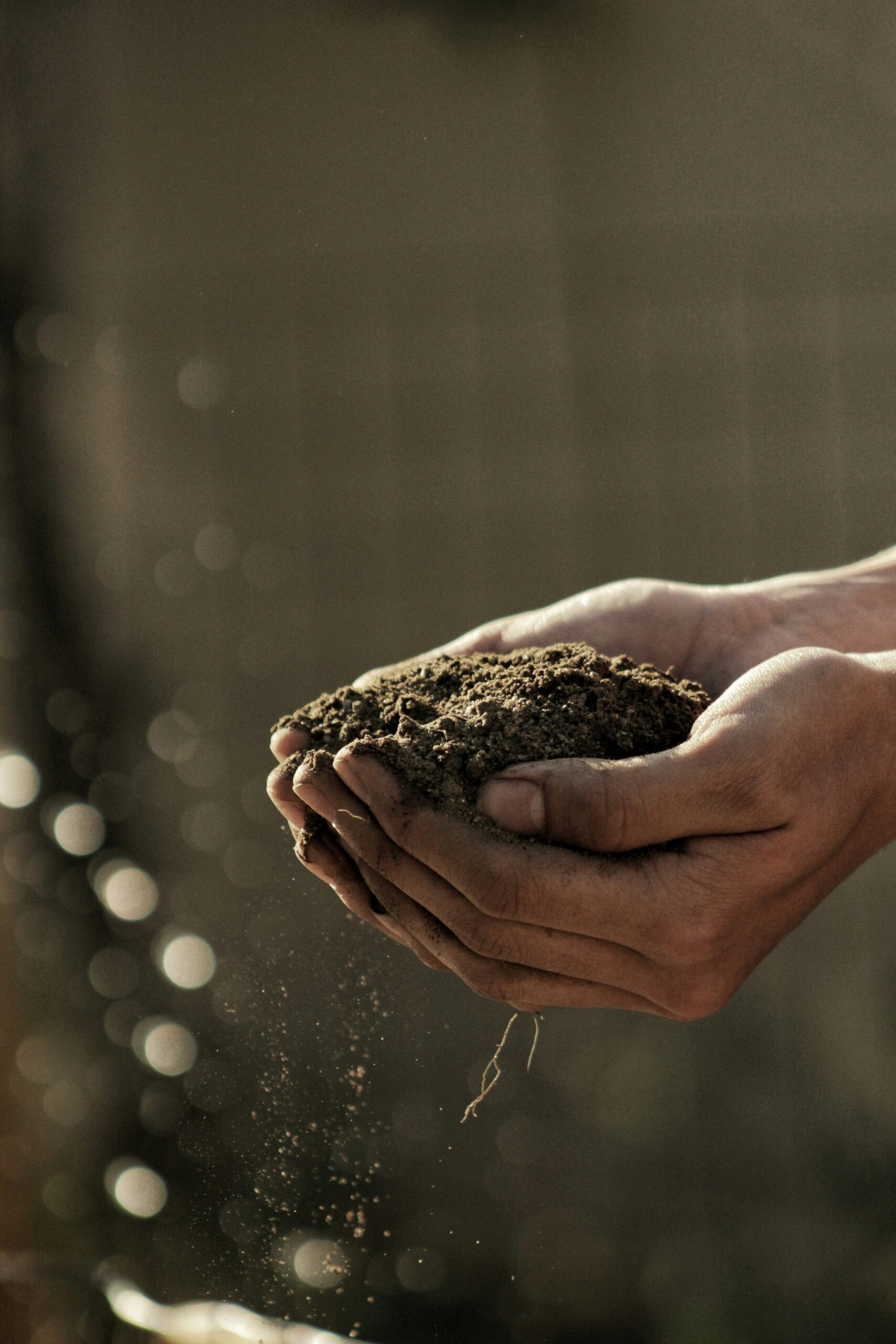
Importance Of Composting
Compost plays a vital role in gardening, agriculture, and environmental sustainability. Here’s a list highlighting its importance:
Soil Health Improvement: Compost enriches the soil with organic matter, improving soil structure, aeration, and moisture retention. This leads to healthier plant growth.
Nutrient Recycling: Composting is a natural process of recycling organic waste, turning kitchen scraps, yard waste, and other organic matter into nutrient-rich soil amendments.
Reduction of Greenhouse Gases: By composting organic waste, we can significantly reduce methane emissions from landfills, a potent greenhouse gas contributing to climate change.
Water Conservation: Compost helps soil retain moisture, reducing the need for frequent watering and conserving water resources.
Erosion Control: Applying compost to soil can prevent erosion by binding soil particles together and increasing plant growth, which further stabilizes the soil.
Weed Suppression: The use of compost can suppress weed growth by providing a barrier and by fostering the growth of desired plants, which can outcompete weeds.
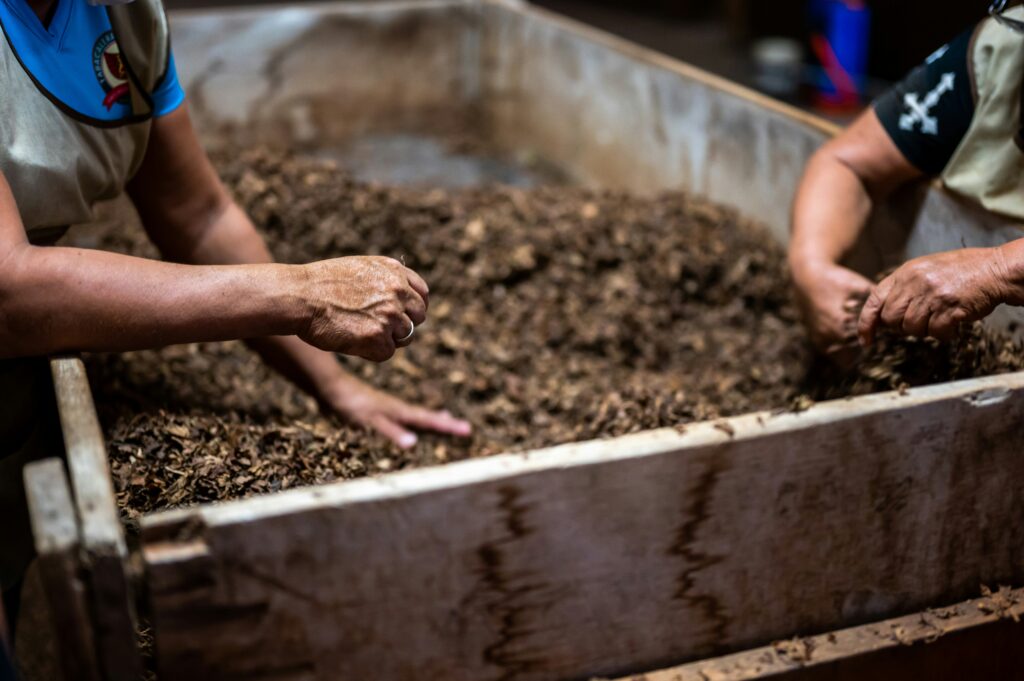
How To Prepare Compost?
Creating compost at home is an environmentally friendly way to recycle kitchen and garden waste into valuable, nutrient-rich soil for your plants. Here’s a step-by-step guide to help you start your own compost pile:
Step 1: Choose Your Composting Bin or Area
Option 1: A compost bin, which can be purchased or homemade. Bins are great for small spaces.
Option 2: A designated compost area in your garden if you have more space.
Step 2: Select a Good Location
Place your bin or pile in a dry, shady spot. It should be easily accessible to add materials and water.
Step 3: Start with a Layer of Browns
Begin with a layer of ‘browns’ (carbon-rich materials), such as dry leaves, straw, or shredded newspaper, at the bottom. This layer should be a few inches thick to allow for air circulation and drainage.
Step 4: Add Your Greens
Add a layer of ‘greens’ (nitrogen-rich materials) on top of the browns. Greens include kitchen scraps like vegetable peels, fruit waste, coffee grounds, and fresh grass clippings.
Step 5: Keep the Balance
Maintain a balance of roughly 3 parts browns to 1 part greens. Too much green material can make the pile smell, while too much brown material can slow down the composting process.
Step 6: Maintain Moisture and Aeration
The pile should be as moist as a wrung-out sponge. If it’s too dry, add water; if too wet, add more browns to absorb excess moisture.
Turn your pile every few weeks with a shovel or pitchfork to aerate it, which helps speed up the composting process.
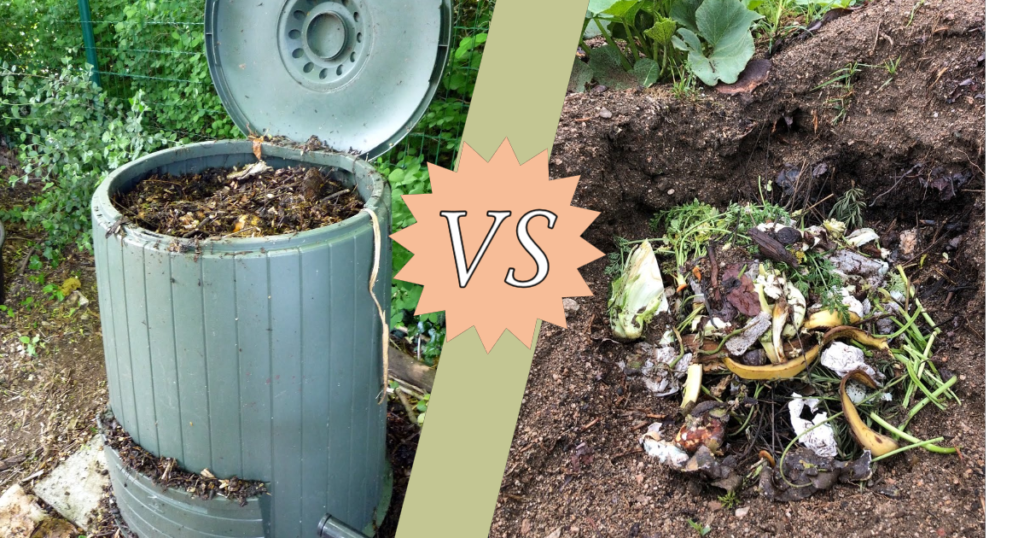
Difference Between Compost Bin And Compost Pit
The main differences between a compost bin and a compost pit lie in their structure, location, maintenance, and the space they require. Both serve the purpose of breaking down organic material into compost, but they do so in slightly different ways and settings.
Compost Bin
Structure and Placement:
A compost bin is a container, often made of plastic, metal, or wood, designed to hold compostable material. Bins can be placed above ground in a variety of settings, including small gardens, patios, or even balconies.
They come in various sizes and designs, including tumblers that can be rotated to mix the compost.
Maintenance:
Compost bins typically require more active management, including regular turning and mixing of the material to aerate it and speed up the composting process.
They may have features to help with aeration and drainage, reducing the effort needed to maintain the compost.
Space and Aesthetics:
Bins are suitable for small to medium-sized spaces and can be more aesthetically pleasing, fitting neatly into garden designs.
They can keep the composting process more contained, reducing odors and deterring pests.
Compost Pit
Structure and Placement:
A compost pit is a hole dug in the ground where organic material is deposited to decompose. Pits are usually located directly in the garden or yard.
They can be larger than bins and are a more traditional method of composting, utilizing the natural insulation and organisms in the soil.
Maintenance:
Compost pits may require less frequent maintenance than bins since the earth itself provides insulation and facilitates the breakdown process.
However, turning the compost in a pit can be more labor-intensive, and aeration is less controlled compared to bins.
Space and Aesthetics:
Compost pits are suitable for larger gardens or areas where space is not a concern. They are less visible than compost bins, blending into the landscape.
Pits can attract wildlife or pets, and managing odors or leachate might be more challenging in certain soils or climates.
Reasons To Use Compost Bin Or Pit
Creating a compost bin or pit in your garden or outdoor space offers a multitude of benefits, both environmentally and for personal gardening use. Here are several compelling reasons to start composting:
Waste Reduction
Composting significantly reduces the amount of household waste that ends up in landfills. By composting organic matter like food scraps and yard waste, you can decrease your carbon footprint and contribute to a more sustainable waste management system.
Soil Health Improvement
Compost adds essential nutrients back into the soil, enhancing its quality. It supplies beneficial microorganisms that help plants grow healthy and strong, improves soil structure, and aids in nutrient retention and aeration.
Reduces Chemical Fertilizer Use
Using compost in your garden can reduce the need for chemical fertilizers. Natural compost not only provides a rich source of nutrients but also helps to maintain soil pH balance and suppress plant diseases.
Water Conservation
Compost helps soil retain moisture, reducing the need for frequent watering. This improved water retention capability can be especially beneficial during dry periods, making your garden more resilient and water-efficient.
Environmental Protection
Composting supports the natural cycle of organic matter decomposition while preventing the production of methane—a potent greenhouse gas—often generated when organic waste decomposes anaerobically in landfills.
Cost Savings
By creating your own compost, you can save money on garden inputs such as soil amendments and fertilizers. Compost provides a free, nutrient-rich material that can improve the health and productivity of your garden without the need for costly products.
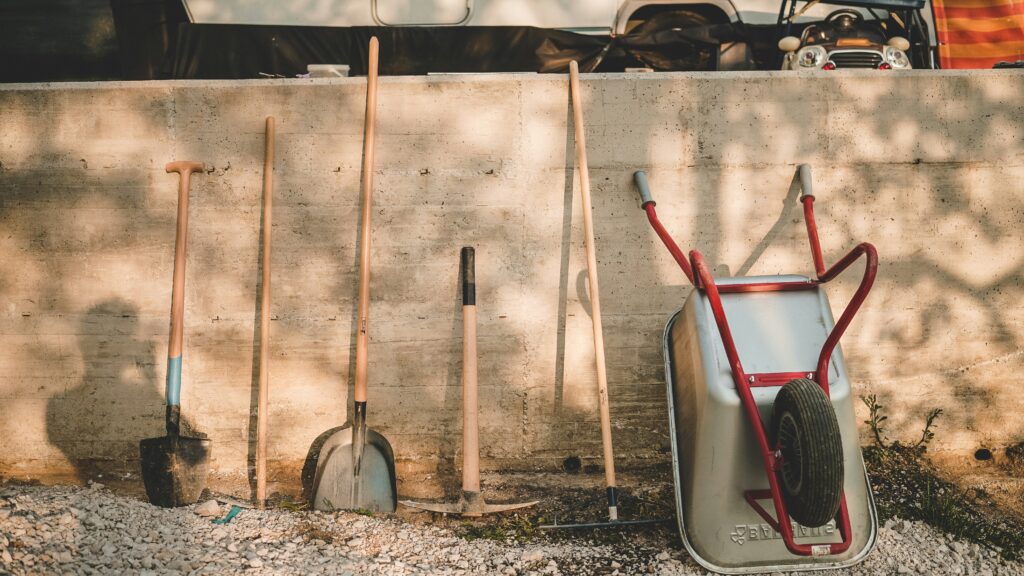
Things To Keep In Mind
When making compost, paying attention to certain key factors can significantly influence the success and efficiency of your composting process. Here are important things to keep in mind:
Balance Between Greens and Browns
Greens are nitrogen-rich materials like kitchen scraps, coffee grounds, and fresh grass clippings.
Browns are carbon-rich materials like leaves, straw, and shredded paper.
Maintaining a balance (approximately 3 parts browns to 1 part greens) is crucial for effective composting, as it ensures the right conditions for microorganisms to break down the material.
Size of Compost Materials
Smaller pieces decompose faster. Chopping or shredding your organic waste can speed up the composting process.
Moisture Level
Compost should be moist, but not too wet. The ideal moisture level is similar to a wrung-out sponge. Too much moisture can lead to odors and slow decomposition, while too little can halt the process.
Aeration
Regularly turning your compost helps introduce oxygen, which is necessary for aerobic decomposition. Lack of aeration can lead to anaerobic conditions, causing unpleasant smells.
Location
Place your compost bin or pit in a convenient, yet appropriate location. It should be easily accessible but also in contact with soil to allow for worms and microorganisms to enter the pile.
Avoiding Pests
Ensure your compost bin has a lid or a secure covering to deter pests. Avoid composting meat, dairy, and oily foods, as these can attract rodents and other unwanted animals.
Essential Tools Needed
Compost Bin or Compost Tumbler
Compost Bin: A bin can help contain your compost, making it neater and easier to manage, especially in smaller spaces. There are many types available, from simple static bins to more complex designs.
Compost Tumbler: Tumblers are sealed compost containers that can be turned easily. This helps aerate the compost more efficiently and can speed up the composting process.
Garden Shovel or Spade
Useful for moving compost around, turning it within the bin, or transferring finished compost to your garden.
Watering Can or Hose with Spray Attachment
Moisture is a critical component of the composting process. Having a watering can or hose nearby helps you maintain the right moisture level, keeping the pile as damp as a wrung-out sponge.
Wrap Up
Composting at home is a rewarding practice that benefits both the environment and your garden. By recycling kitchen and yard waste into nutrient-rich soil, you contribute to a sustainable cycle that reduces landfill waste and enhances soil health.
Starting your compost pile requires choosing the right location and a balance of ‘greens’ and ‘browns’ to facilitate decomposition. Essential tools like a compost bin, pitchfork, and watering can help maintain the proper moisture and aeration. Remember, successful composting is about balance, patience, and ongoing learning.
Embrace the process, and enjoy the rewards of transforming waste into gold for your garden. To get more such articles, join our email list to receive new blog notification in your email address.
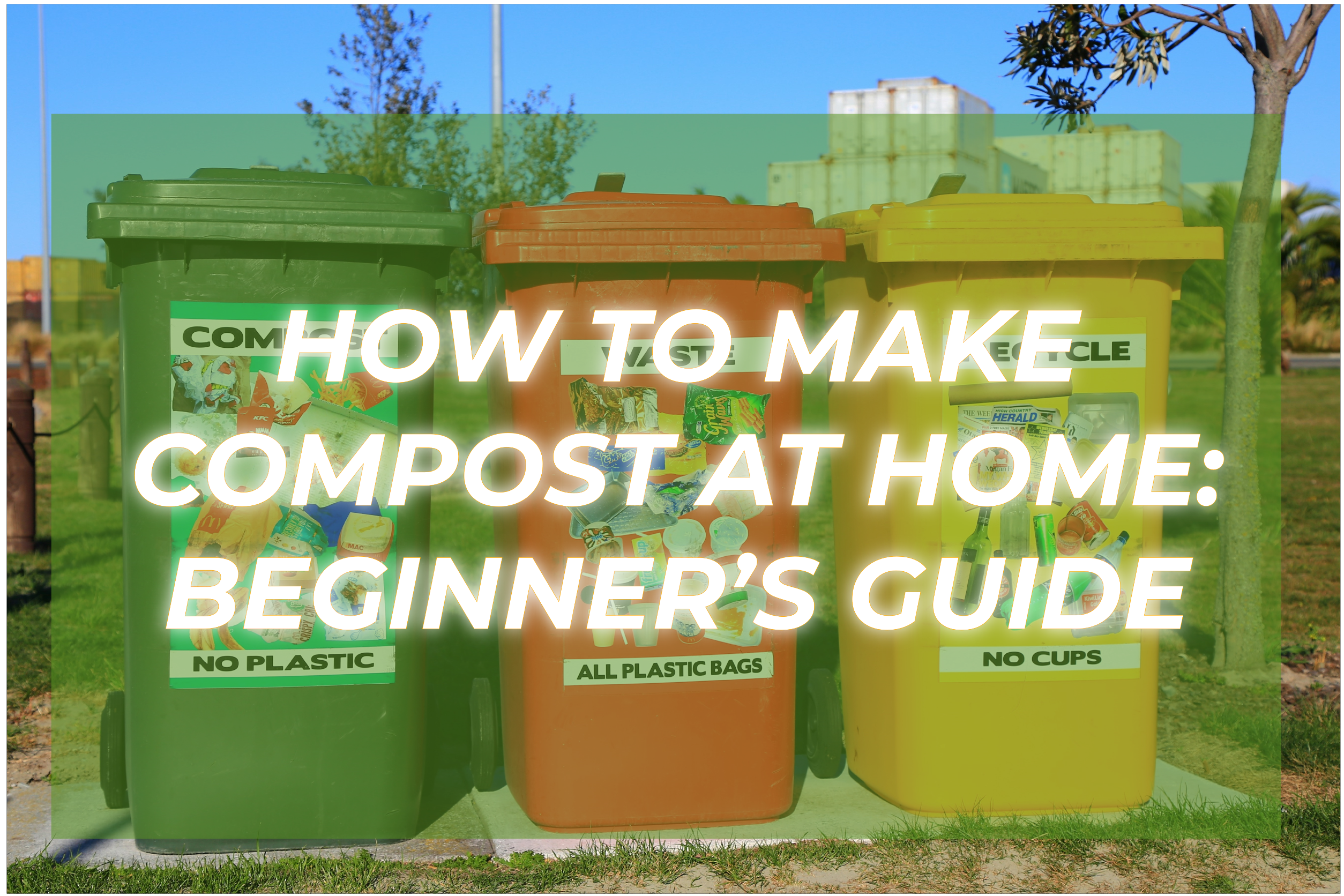
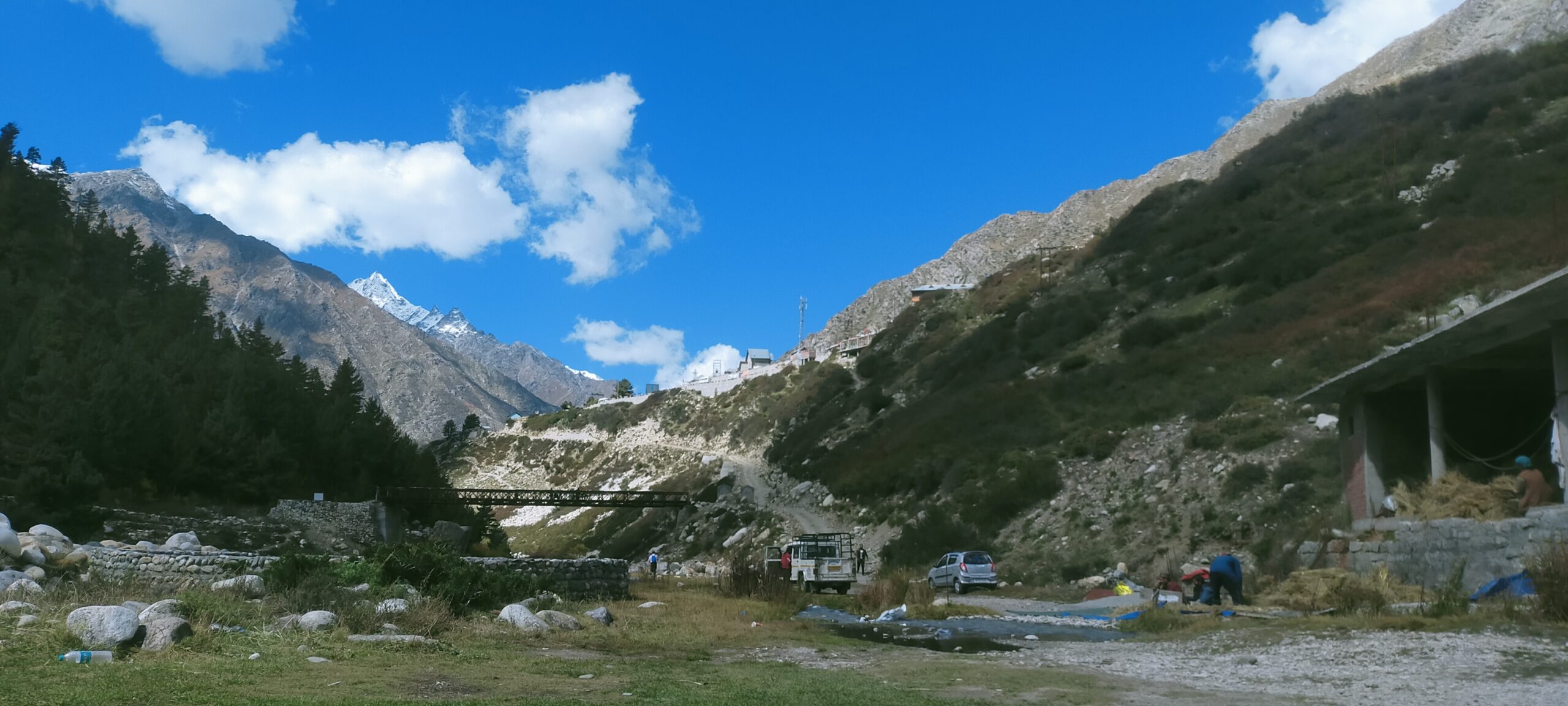


No responses yet